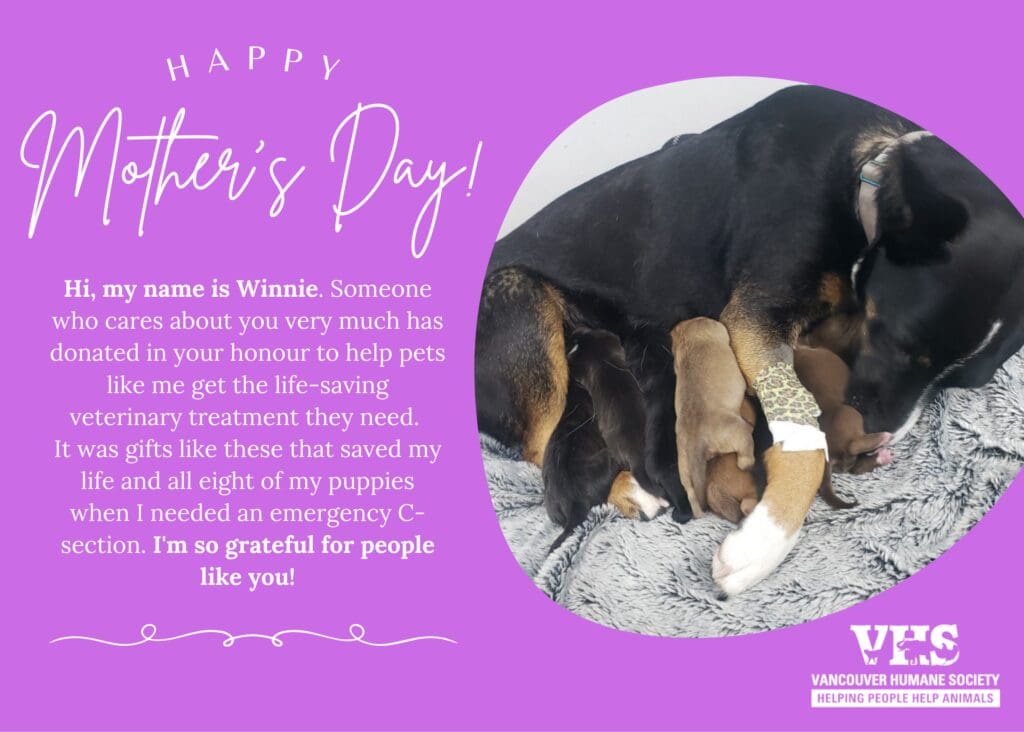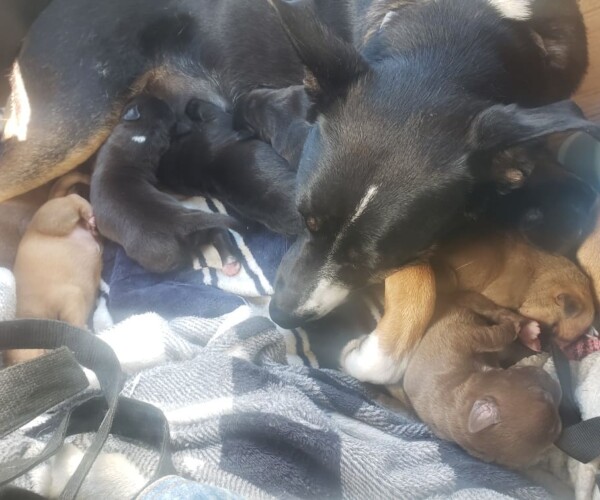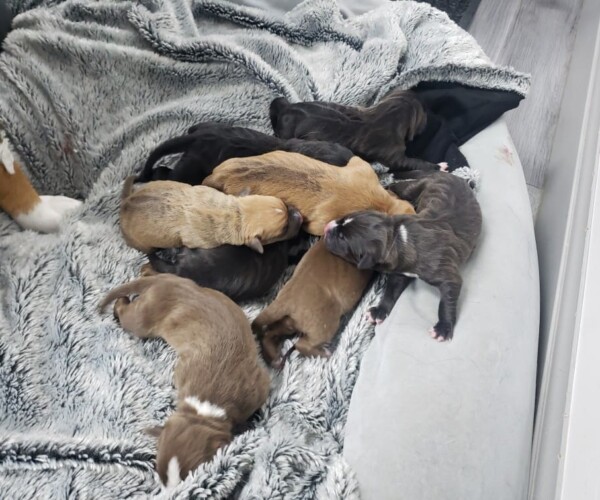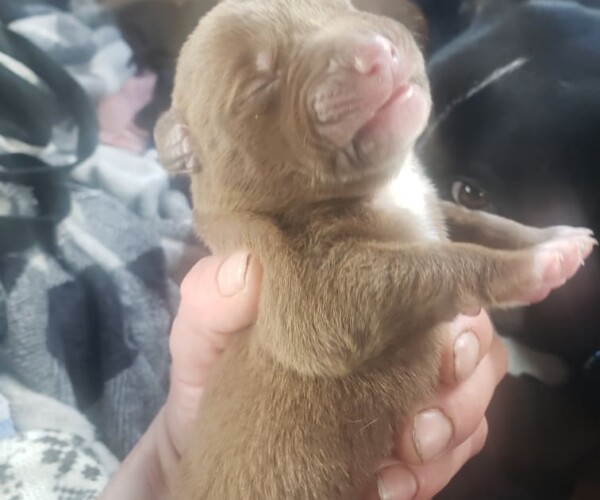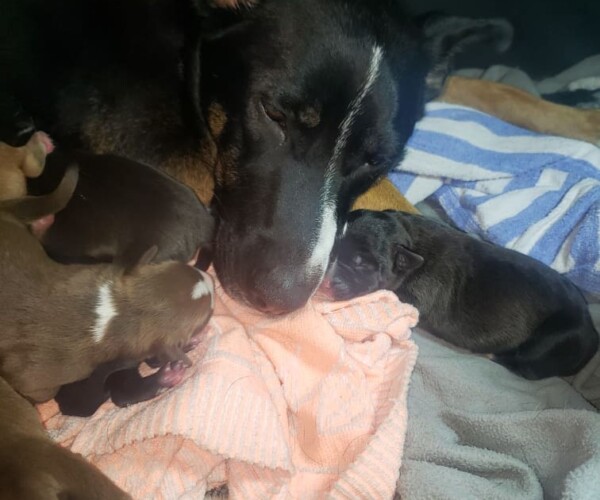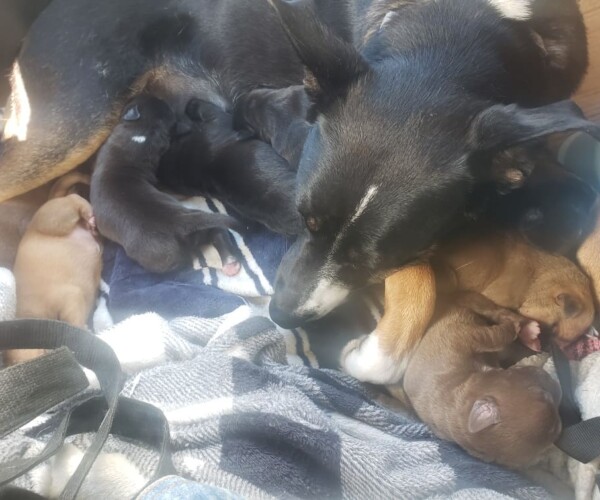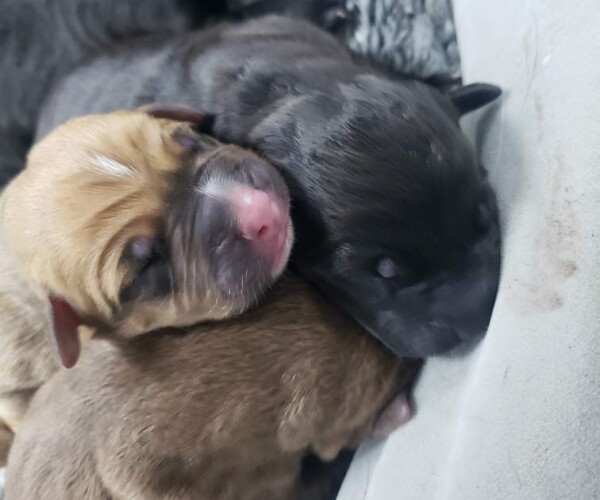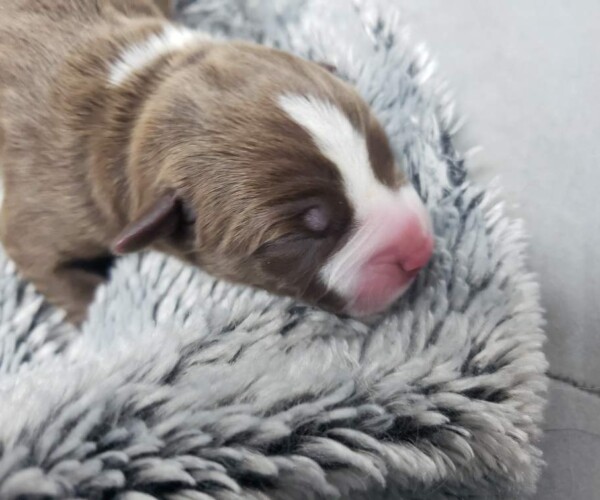Donate to help pets like Winnie
Donate to help pets like Winnie this Mother’s Day
When Paula’s beloved dog Winnie faced a life-threatening pregnancy complication, she turned to the VHS’s McVitie Fund for help. Thanks to donors like you, Winnie received an emergency C-section and spay just in time, delivering eight healthy puppies.
Paula is overjoyed to be able to continue life with her best friend by her side, and is giving Winnie all the love in the world as she recovers and cares for her new family.
When you make a gift to the McVitie Fund, you can also send a thoughtful e-card featuring Winnie and her puppies to someone you love. Your donation will help more animals like Winnie receive life-saving veterinary care when they need it most.
Simply click on the “in honour of” button in the “Dedication” section of the online donation form. 
Your love will keep families like Paula’s healthy and together.
